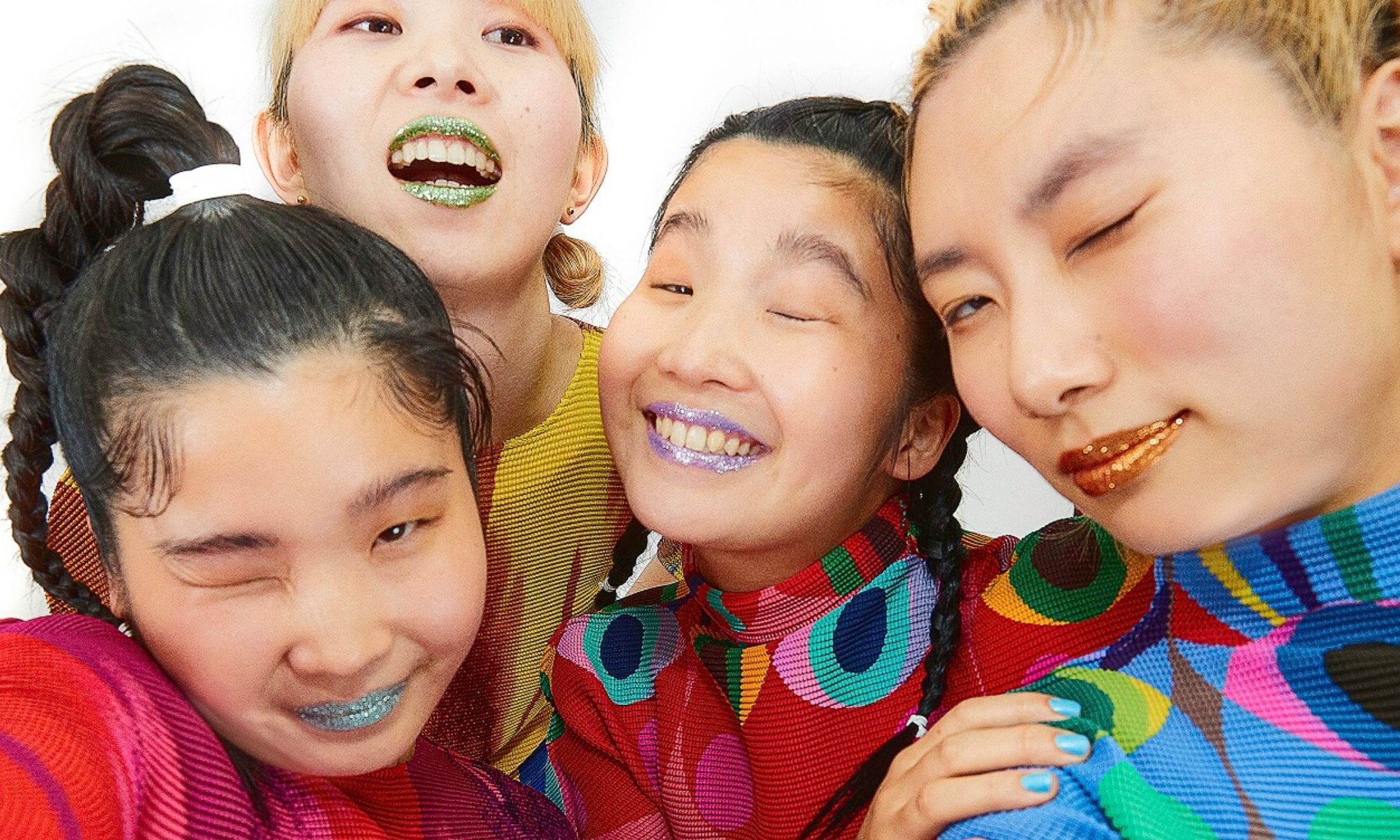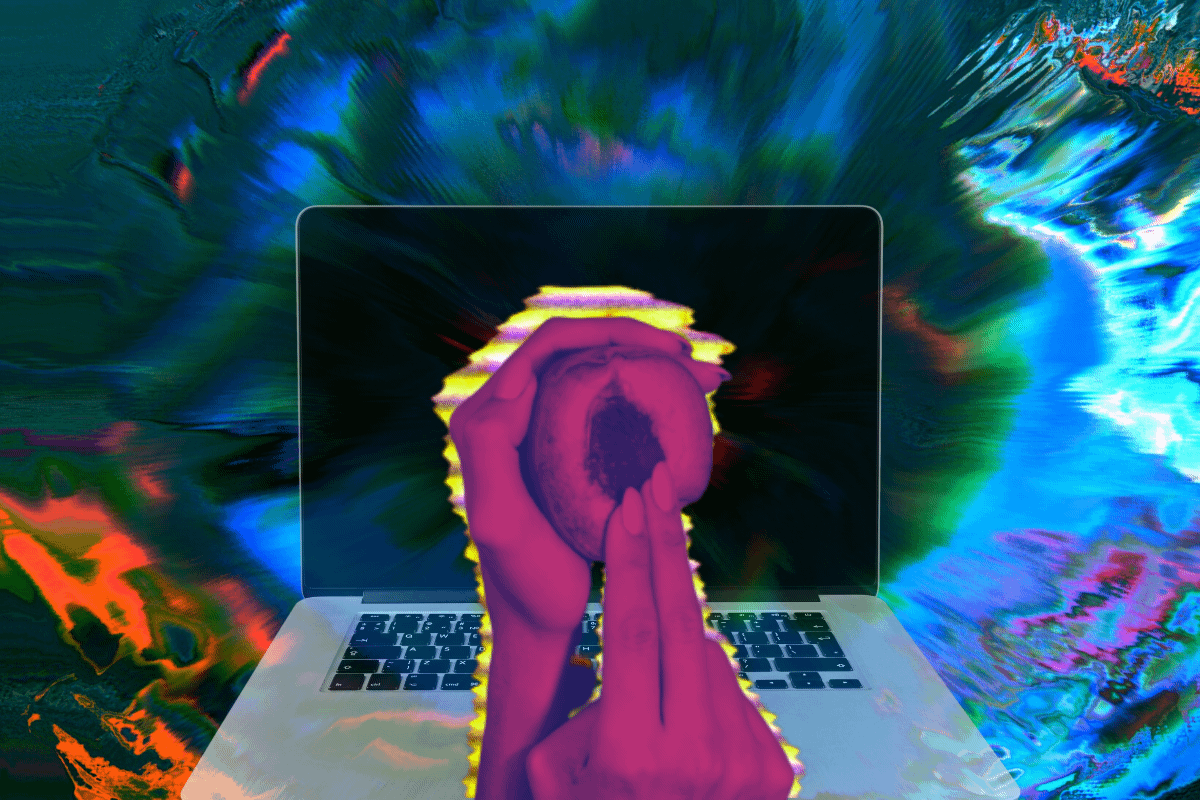
What does Australia’s hentai ban say about how we view Japanese sexuality?
Turning away hentai over child porn concerns, this ban inadvertently assumes all Japanese sex imports are a threat
Marigold Warner
24 Nov 2020
Last month, news began to circulate that Australian border control was cracking down on the import of hentai, manga, and video games arriving from Japan. J-List, one of Japan’s largest international distributors has seized shipments to Australia, claiming that orders including adult items were being rejected and sent back by border control. According to the retailer, this includes pornographic DVDs, anime, manga, sexually suggestive figurines, onaholes — that is, artificial vaginas for masturbation — and any other product marked with an “18+” symbol. As to why these items were rejected, J-list points to Australian Customs’ ban on “illegal child pornography”. This would be referring to products that depict child-like characters in explicitly sexual or violent scenes.
When I moved to the UK in 2013, after being raised in Tokyo until the age of 18, I arrived proud of my home country’s unique culture, including manga and anime. But, more often than not, I was made to feel that it was something I ought to be ashamed of. There seemed to be a common consensus that my country’s media was “weird” at best, and “paedophilic” at worst. Japanese men and their obsession with youth, especially high school girls, is widely documented and scrutinised.
A recent example is Stacey Dooley’s hard-hitting 2018 BBC documentary, Young Sex for Sale in Japan, which exposed many of the ways in which young women and children are being exploited by Japan’s entertainment industry. As a Japanese woman who has personally experienced sexual assault as a minor, I am grateful towards journalists who are bringing attention to these issues. But as I watched Stacey’s opening scene, a mash-up of sexy schoolgirls, cityscapes, and cute anime characters, I could not help but feel that reports like these were causing the collective Western psyche to lump many of the things I have grown up loving as “part of the problem”.
Manga is a multi-billion-pound industry, with hundreds of thousands of consumers across the world. Known for its boundless narratives, the Japanese comics are often adapted into anime and video games, traversing hundreds of genres and subgenres. From horror and romance to sports and comedy, there is a manga for everyone, and with that, for every kink. Erotic manga, commonly referred to as hentai in the Western world, has existed since the medium was first popularised in the post-war period. It is a blank canvas for diverse sexual expression, but within this freedom is what many see as a dark seed. In the 1980s, a genre of cartoons that depicts an attraction to young or prepubescent girls, known as Lolicon, began to emerge.
“It’s a symbolic, reactionary move to then say, ‘we’re gonna keep that content from Japan, and its dirtiness, away from us, to keep us clean, pure and safe’”
Many will question why, and how, this material is allowed to exist in the first place. In 2014, after mounting pressure from lobbyists, Japan finally banned the possession of abusive images of children, but cartoon images were not included in the legislation. Many hentai artists argued that it would be an attack on freedom of expression, maintaining that no “real children” are harmed in the production of the material. It is no question that pornographic drawings depicting children in violent and sexual scenes are disturbing. I find them deplorable. Creating a blanket-ban on all pornographic imports from Japan, on the grounds that some of it depicts child abuse, is not the solution. All it does is accentuate the perception of a nation with perverse sexuality, reinforcing common racial tropes, which exist in both pornography and mainstream media.
Japanese media does have a history of objectifying and sexualising young women – as does literally every country in the world. The sexualisation of youth, and the mechanisation of it as a marketing tactic, is endemic in pornography and beyond it. Take a look at the world’s most popular pornography websites, where “schoolgirl”, “rough play” and “stepdaughter” are popular genres played out by real people. On Pornhub, the category “teen” has consistently ranked within their top 20 searches for the last decade.
Even in classical literature, preying on young women is a theme. Take Vladimir Nabokov’s Lolita, for example, or the works of Marquis de Sade, a convicted paedophile and rapist, whose violent novels explicitly describe the rape of young women and children. The 120 Days of Sodom — dubbed one of the most violent novels in existence — was banned in Britain until the 1950s, and now, it is a Penguin Classic. Schoolgirl fantasies are not exclusive to Japan either. Britney was just 16 when she sported a raunchy uniform for her 1998 debut, ‘…Baby One More Time’, and Hollywood is rife with the sexualisation of children and teenagers (see Natalie Portman’s moving speech at the 2018 Women’s March). Yet in Western media, there appears to be a clearer distinction between works intended for titillation, and work that depicts it as part of a narrative. I could imagine uproar from critics if a Japanese politician was to condemn Léon: The Professional as “potentially harmful”, despite Natalie Portman publicly speaking out about how her first fan letter, at 13 years old, was a “rape fantasy”.
Patrick W. Galbraith is an expert in manga and anime, and professor of Cultural Studies at Senshū University, Tokyo. He says that sexual content including children is an extreme and niche corner of the subculture. According to Patrick, Australia’s recent crackdown on Japanese pornography could be seen as “a symbolic gesture” as most of the shocking publications and videos are “flowing pretty freely” over the internet anyway and are such a small percentage of manga and hentai. Therefore banning physical imports of largely inoffensive Japanese porn and sex products is an empty act. “People are imagining [all of] this content as a contagious threat that’s going to pervert minds and create a dangerous population that puts women and kids at risk. It’s a symbolic, reactionary move to then say, ‘we’re gonna keep that content from Japan, and its dirtiness, away from us, to keep us clean, pure and safe’,” he says.
Helen McCarthy, author of The Erotic Anime Movie Guide, agrees. “Japanese pornography is more visible because, like everything ‘different’, it’s more obvious,” she says. “All societies have a tendency to be more accepting of native aberrations than foreign ones.”
“All societies have a tendency to be more accepting of native aberrations than foreign ones”
While manga and anime are becoming increasingly more popular in Britain, historically, it has been the subject of media concern. When anime began to be imported in the 1980s and early 1990s, the films’ erotic themes became the subject of widespread media attention. The general public had become primed to fear the impact of films after strict censorship laws were introduced for horror and violence in 1984. Cult classics such as Akira and Laputa: Castle in the Sky, LA Blue Girl, and Legend of the Overfiend were either banned outright or became the target for sensationalist reviews that made little distinction between filmic imagery and cartoon fantasy. Nevertheless, it carved out a fandom over here which was been increasing in popularity. But the Western stereotype of hentai as weird violence with a side of “sex and tentacles” persisted.
But it is not just pornographic hentai that is facing censorship in Australia. The blocking of J-list’s products is just the latest occurrence in the nation’s increasingly hardline stance on sexually explicit content coming from Japan. In February, Senator Stirling Griff called on the Federal Government to urgently review all Japanese anime and manga over fears that it glorifies abuse. Then in July, Kinokuniya (one of Australia’s largest manga distributors) pulled seven titles from their stores after Stirling’s colleague, Connie Bonaros, claimed the book retailer was distributing “kiddie-porn”.
Among the titles cited was Sword Art Online, which includes a scene in which its 17-year-old protagonist is raped by its villain. I have watched this myself and would argue that scenes such as these serve a narrative purpose. It is not dissimilar to the pilot of Game of Thrones, where Daenerys Targaryen, 17, is raped by her husband Khal Drogo. So why is there is such an alert allergy in the West towards anime and manga that contains erotic themes?
The exploitation of women and children should not be condoned, anywhere. When it comes to cartoon depictions of sex the problem is not with a niche genre of hentai or the place from which it originates. The problem is with society at large. Not all hentai is a gateway to the sexualisation of children and Japan isn’t the only place that needs to reflect on youthful characters in porn.









